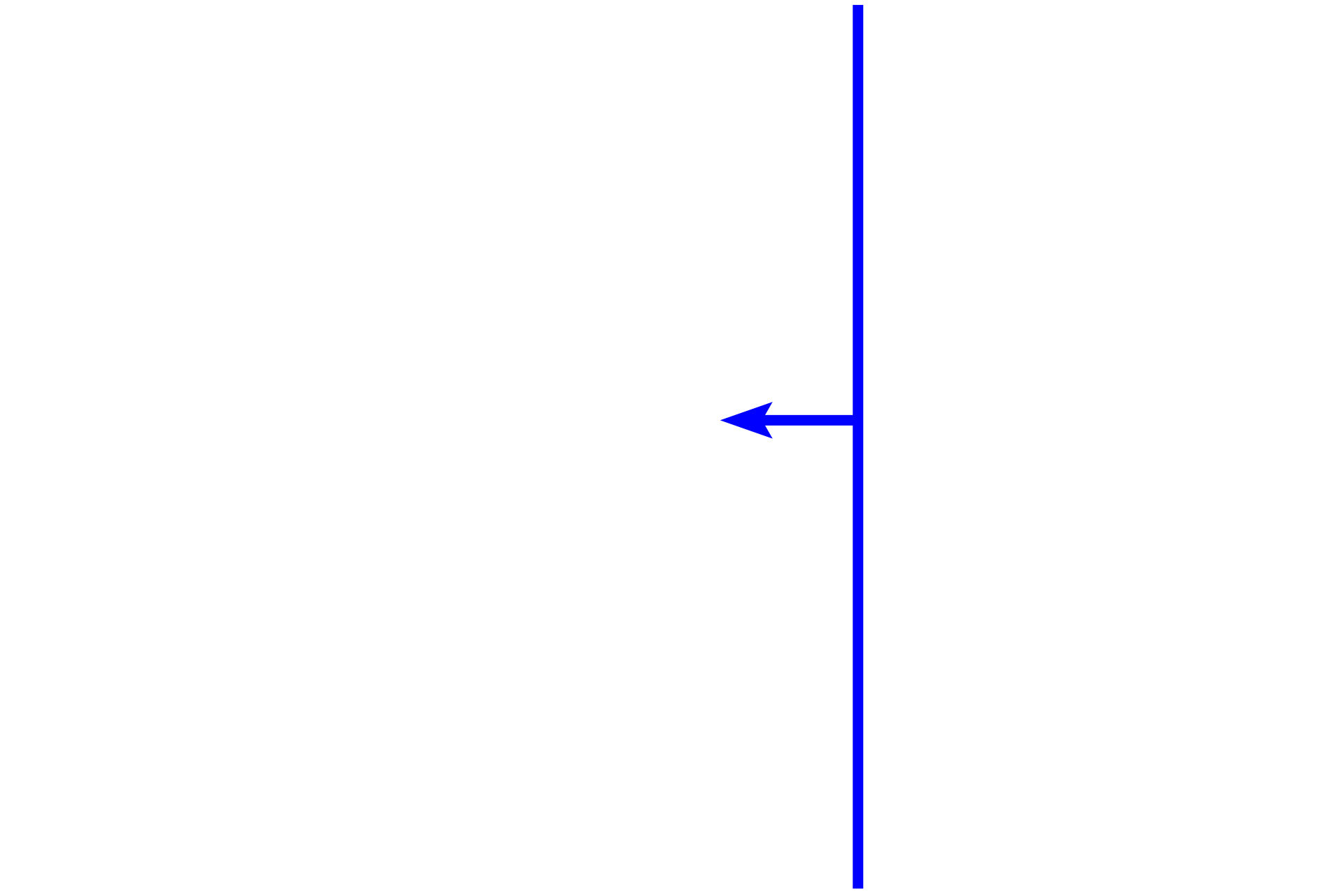
Gastro-duodenal junction
At the gastro-duodenal junction, the mucus-secreting, simple columnar epithelium (sheet gland) of the pylorus changes to a simple columnar epithelium of absorptive cells (enterocytes) and goblet cells in the duodenum. Additionally, the duodenum can be differentiated by its villi and by submucosal gland (Brunner’s glands) in the submucosa. 100x

Pyloric stomach
At the gastro-duodenal junction, the mucus-secreting, simple columnar epithelium (sheet gland) of the pylorus changes to a simple columnar epithelium of absorptive cells (enterocytes) and goblet cells in the duodenum. Additionally, the duodenum can be differentiated by its villi and by submucosal gland (Brunner’s glands) in the submucosa. 100x

- Sheet gland
At the gastro-duodenal junction, the mucus-secreting, simple columnar epithelium (sheet gland) of the pylorus changes to a simple columnar epithelium of absorptive cells (enterocytes) and goblet cells in the duodenum. Additionally, the duodenum can be differentiated by its villi and by submucosal gland (Brunner’s glands) in the submucosa. 100x

- Gastric pits
At the gastro-duodenal junction, the mucus-secreting, simple columnar epithelium (sheet gland) of the pylorus changes to a simple columnar epithelium of absorptive cells (enterocytes) and goblet cells in the duodenum. Additionally, the duodenum can be differentiated by its villi and by submucosal gland (Brunner’s glands) in the submucosa. 100x

- Pyloric glands
At the gastro-duodenal junction, the mucus-secreting, simple columnar epithelium (sheet gland) of the pylorus changes to a simple columnar epithelium of absorptive cells (enterocytes) and goblet cells in the duodenum. Additionally, the duodenum can be differentiated by its villi and by submucosal gland (Brunner’s glands) in the submucosa. 100x

Duodenum
At the gastro-duodenal junction, the mucus-secreting, simple columnar epithelium (sheet gland) of the pylorus changes to a simple columnar epithelium of absorptive cells (enterocytes) and goblet cells in the duodenum. Additionally, the duodenum can be differentiated by its villi and by submucosal gland (Brunner’s glands) in the submucosa. 100x

- Villi
At the gastro-duodenal junction, the mucus-secreting, simple columnar epithelium (sheet gland) of the pylorus changes to a simple columnar epithelium of absorptive cells (enterocytes) and goblet cells in the duodenum. Additionally, the duodenum can be differentiated by its villi and by submucosal gland (Brunner’s glands) in the submucosa. 100x

- Intestinal glands
At the gastro-duodenal junction, the mucus-secreting, simple columnar epithelium (sheet gland) of the pylorus changes to a simple columnar epithelium of absorptive cells (enterocytes) and goblet cells in the duodenum. Additionally, the duodenum can be differentiated by its villi and by submucosal gland (Brunner’s glands) in the submucosa. 100x

Muscularis mucosae
At the gastro-duodenal junction, the mucus-secreting, simple columnar epithelium (sheet gland) of the pylorus changes to a simple columnar epithelium of absorptive cells (enterocytes) and goblet cells in the duodenum. Additionally, the duodenum can be differentiated by its villi and by submucosal gland (Brunner’s glands) in the submucosa. 100x

Brunner’s glands (submucosal glands)
At the gastro-duodenal junction, the mucus-secreting, simple columnar epithelium (sheet gland) of the pylorus changes to a simple columnar epithelium of absorptive cells (enterocytes) and goblet cells in the duodenum. Additionally, the duodenum can be differentiated by its villi and by submucosal gland (Brunner’s glands) in the submucosa. 100x